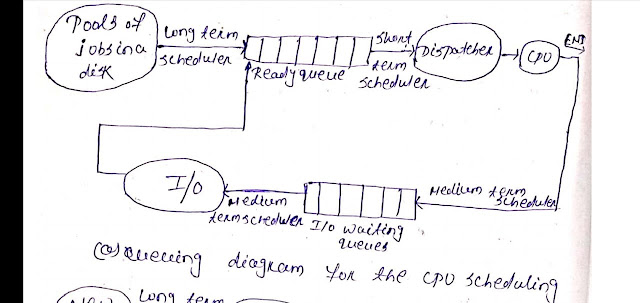What is demand paging(OS-9)

Demand paging -Loading the entire program in the physical memory at program execution time is not so good because the user does not need the entire program in memory at a time. -An alternative strategy is to load pages only as they are need this technique is known as demand paging. -With demand paging virtual memory, pages are only loaded when they are demanded during program execution pages that are never accessed thus never loaded into physical memory. -A demand paging system is a similar to paging system with swapping, -But here it uses a lazy swap where it never swap a pages into memory unless that page will be need. -In demand paging pager is more suitable than swap er.


